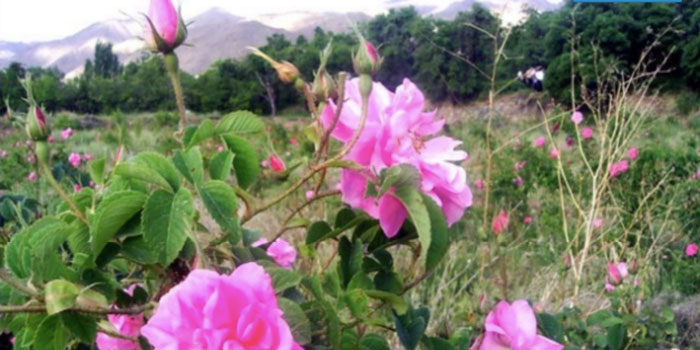Systèmes historiques d'irrigation agricoles Qanats, Iran
SIPAM depuis 2014

Localisation: Kashan canton, la province d'Ispahan, République islamique d'Iran
Surface du SIPAM: 4 650 km2
Population travaillant pour ce système: 20 000 pers.
Caractéristiques topologiques: terres non fertiles avec les aquifères
Classification climatique: conditions arides
Groupes ethniques / populations autochtones: -
Principales sources de revenus: agriculture
------------------------------------------------------------------------------------------
Global importance
Qanat Irrigation technology and related knowledge system have been developed in Iran from early ages 800 BC. Qanats have sustained food and livelihood security over millennia by providing reliable source of water to traditional family farms in most dry areas where agriculture and farming would be impossible otherwise. Kashan is in the middle of an area where some of the most impressive Qanats in terms of architecture, structure, indigenous knowledge, etc.
Food and livelihood security
It is about 75 percent of the water requirement in Kashan which are supplied from qanats. This signifies the critical role of qanats in the food security of the region even today. In total, about 100,000 tons of field crops are produced in Kashan, in an area of about 7,350 hectares. The total production of fruits in the region amounts to 32,000 tons, in an area of about 7,000 hectares. There are about 20,000 farmers in Kashan, who are linked to qanat directly or indirectly.
Besides directly contributing to food security by providing reliable irrigation water, qanat irrigated agricultural heritage system helps to sustain food security through retaining and protecting the resource base and being source of fresh water.
Biodiversity and ecosystem functions
Indigenous and important biodiversity species, high value crops, fruits and trees have developed and survived thanks to Qanat technology: the pomegranates, rose flowers, almonds, plums, walnuts, apricots, vines, pistachios, quince, olives, apples, cherry, figs, sour cherry, saffron, pears, peaches, and date plums. There are about 240 selected plant species recorded from the Kashan region.
One of the most important varietal biodiversity cherished in the history is the pomegranate, called the “fruit of paradise”, “the seeds of hope”, whose legends and myths were told and transferred from generation to generation.
Last but not least, allowing to growing plants in a dry area has permitted to breed local sheep races and shaping habitats for 25 different species of fish, crabs, aquatic plants, invertebrates, and aquatic insects.
Knowledge systems and adapted technologies
Qanats are underground tunnels following aquifers in surrounding mountain areas collect water from different layers of earth by relying only on gravity. The structure of a qanat consists in a horizontal tunnel (Kooreh) running through an incline with many chains of vertical wells (Millehs). Qanats are synchronized with the climatic conditions of the region, rainfall, managing the length of the qanats and the depth of the mother well.
Qanats are placed next to each other but this arrangement avoids the infiltration of water from one Qanat system to another. The plots are divided into three parts, based on their distance from the spring of qanat. Every year one section of the plain (or one jarib) is allocated for cultivation in autumn and another jarib for spring. The third jarib is left uncultivated (Ayesh).
Cultures, value systems and social organizations
Over history, the local communities in Kashan and other parts of Iran have built up different cultural beliefs on qanats heritage. Qanats can be identified with gender and make ‘marriage’ between them. ‘Wedding ceremony’ of the qanat was a full-fledged one, like the wedding of a young couple. In some areas, when a qanat dries up, it is as if the community has lost one of its members.
The informal but highly respected community organizations, mechanisms, and arrangements established over centuries by the local communities for distribution of the qanat water are the basis for a fully functional water distribution system. Such collaborative work can be observed not only in the irrigation system but also in other activities related to agriculture and rural societies.
Remarkable landscapes, land and water resources management features
Qanat irrigated agriculture system has contributed to enrichment of the landscape in the Kashan region which otherwise should have been a desert. The most beautiful farms and gardens were created and maintained through Qanat irrigation techniques that are also sources of aspiration for Persian literature, poetry as well as important tourist destination. There are 473 qanats in the Kashan region which have shaped the landscape and permit the blooming of many villages.
Not drawing water from the bottom of aquifers, but from the top, Qanat are sustainable for the water resource management. The Qanats minimize evaporation loss and ensure an efficient use of the available water resources.

